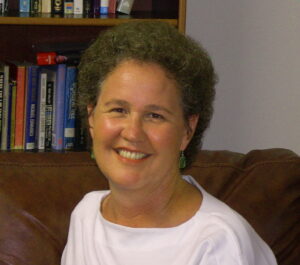Darling-Hammond: California reforms ‘will begin to level the playing field’

The results on the Smarter Balanced assessments, the centerpiece of the California Assessment of Student Performance and Progress, or CAASPP, were released on Sept. 9 and showed the vast achievement gaps that decades of education reforms have failed to close. In a series of interviews, EdSource Executive Director Louis Freedberg interviewed several leading experts about the continuing gap — and what additional reforms are needed to narrow or close it. Part four of the series is with Stanford University professor Linda Darling-Hammond, who also is president and CEO of the newly established Learning Policy Institute. She also serves as chair of the California Commission on Teacher Credentialing and is the senior research advisor to the Smarter Balanced Assessment Consortium, which designed the assessments.
Were you encouraged or discouraged by the results on the Smarter Balanced tests, or is this what you expected?
I did not have particular expectations. I am not surprised at the trends we are seeing. I take it as a baseline, and that is how the state should approach it. The more important data will come next year and the year after as people get used to these kinds of assessments, work to make the investments in teacher professional development, and students use the opportunities they have to make up the gap, as well as move ahead. That will be when the real important results will begin to occur.
Why after decades of reforms do we still such large achievement gaps?
The “old” reforms focused on test-based accountability, which emphasized tests of low-level skills that drove curriculum, especially in the most high-need schools that were threatened with sanctions if students did not show higher test scores each year. While affluent schools did not feel as much of a need to teach to the test, lower-income schools did. As a result, the curriculum divide grew wider between those who were teaching for higher-order skills and those drilling on lower-order skills.
In addition, the old reforms featured testing without investing, so the spread in access to dollars, qualified teachers, technology resources and other materials for learning grew wider and wider between rich and poor schools. Schools serving poor children spent much less than schools serving wealthy ones. (The spending ratio was 3 to 1 between high- and low-spending schools in California before they received extra funds Darling-Hammond: California reforms ‘will begin to level the playing field’ | EdSource:
